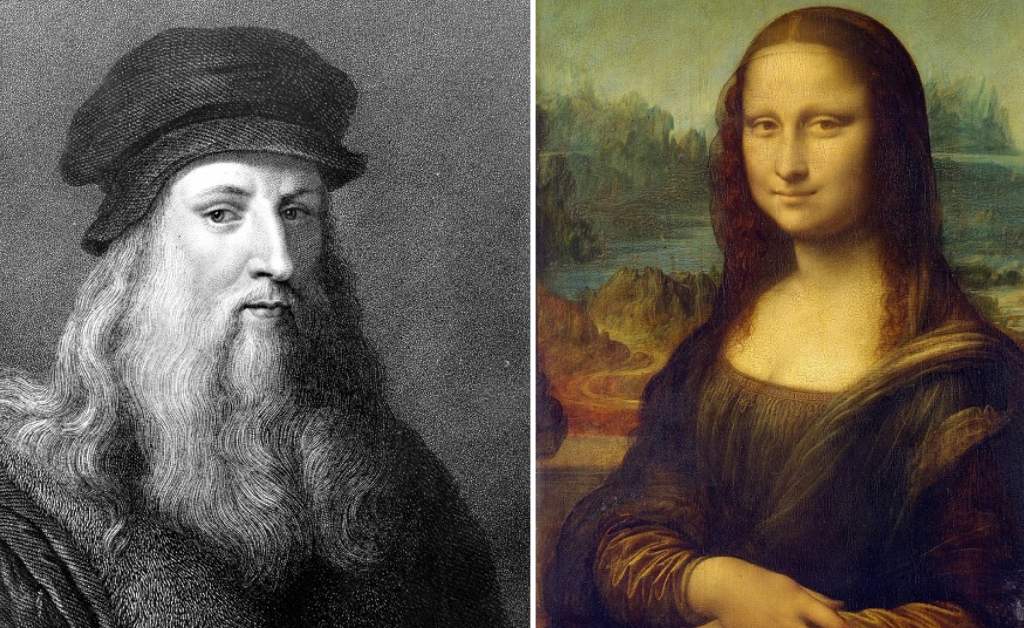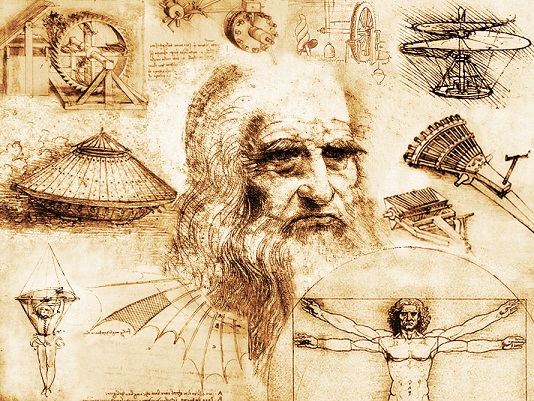Introduction
In the vast tapestry of art history, few works captivate the imagination as profoundly as Leonardo da Vinci’s masterpiece, the Mona Lisa. This enigmatic painting, housed in the Louvre Museum, has puzzled art enthusiasts and scholars for centuries. Let’s embark on a journey to unravel the mystery of Mona Lisa and the brilliant mind behind it, Leonardo da Vinci.

The Smile that Intrigues
One of the most captivating features of the Mona Lisa is her elusive smile. Art connoisseurs and casual observers alike have debated the meaning behind that subtle curve of the lips. Some argue it’s a reflection of da Vinci’s mastery of emotion, while others believe it conceals a hidden message. This mysterious smile continues to be a focal point for art historians, adding an air of intrigue to the portrait.
Da Vinci’s Techniques: A Stroke of Genius
Leonardo da Vinci was not just an artist; he was a polymath who excelled in various fields. His artistic techniques, however, were revolutionary. Brushstroke by brushstroke, da Vinci brought the Mona Lisa to life, employing sfumato—a technique that blends colors and tones seamlessly. This innovation not only gave the painting a realistic quality but also contributed to the sense of mystery that surrounds the subject.
Symbolism in the Details
Beyond the captivating smile, the Mona Lisa is rife with symbolism. The landscape in the background, the veil over her hair, and even the positioning of her hands—all have been subjects of speculation. Some theories suggest hidden messages, while others propose that da Vinci used these elements to convey a deeper, symbolic meaning. Deciphering these symbols adds layers of complexity to the artwork, making it a puzzle for the ages.
Is She Real or Imagined?
One of the enduring mysteries is the identity of the woman in the painting. While the prevailing belief is that she is Lisa Gherardini, the wife of a Florentine merchant, some theories challenge this notion. Some speculate that the Mona Lisa is an amalgamation of different faces, blurring the lines between reality and da Vinci’s imagination. Unraveling this mystery requires delving into the historical context of the Renaissance and da Vinci’s artistic process.
The Influence of Science on Art
Leonardo da Vinci’s insatiable curiosity extended beyond art into the realms of science and anatomy. His meticulous study of the human body influenced the way he portrayed subjects in his paintings, including the Mona Lisa. The interplay between art and science in da Vinci’s work adds a unique dimension to the mystery, as if he embedded scientific knowledge within the very fabric of his art.
Theft, Recovery, and Global Fame
The Mona Lisa’s journey has not been without drama. In 1911, the painting was stolen from the Louvre, creating a global sensation. Its recovery in 1914 only added to its mystique, turning the Mona Lisa into a cultural icon. The incident catapulted the painting into the limelight, ensuring its place as one of the most recognizable and discussed works of art in the world.
The Mona Lisa Effect-Mystery of Mona Lisa
Beyond its physical presence, the Mona Lisa has left an indelible mark on popular culture. The “Mona Lisa Effect,” a term used to describe the illusion that her eyes follow you as you move, has become a psychological phenomenon. This, coupled with the painting’s global fame, reinforces its status as an unparalleled masterpiece.
The Legacy of the Mystery
In conclusion, the mystery of the Mona Lisa and Leonardo da Vinci endures as a testament to the power of art to transcend time and captivate the human imagination. Whether pondering the identity of the subject, deciphering hidden symbols, or marveling at da Vinci’s artistic techniques, the Mona Lisa remains an enigma waiting to be explored. As we continue to unravel its secrets, we are reminded that true artistry transcends the canvas and invites us to partake in the eternal dance of curiosity and wonder.
Fun facts about the Mona Lisa
Ever-Changing Smile: The Mona Lisa’s smile appears to change depending on how you look at it, known as the “Mona Lisa effect.”
Small Size: The painting is relatively small, measuring 30 inches by 20 7/8 inches.
Four-Year Creation: Leonardo da Vinci spent about four years painting the Mona Lisa, from 1503 to 1506.
Missing Brows and Lashes: The absence of visible eyebrows and eyelashes in the painting is believed to be a deliberate choice by da Vinci.
Bulletproof Protection: Housed in the Louvre, the Mona Lisa is protected by bulletproof glass to prevent theft or damage.
Stolen and Recovered: Stolen in 1911, it was recovered in 1914, adding to its intriguing history.
Napoleon’s Bedroom: Briefly hung in Napoleon’s bedroom during his rule of France.
High Value: Valued at over $100 million in 1962, it is now considered one of the most valuable paintings globally.
Vandalized in 1956: Subject to vandalism when acid was thrown at it in 1956, but it was successfully restored.
Pop Culture Icon: Widely referenced and parodied in movies, advertisements, and popular culture, the Mona Lisa is a global icon.



